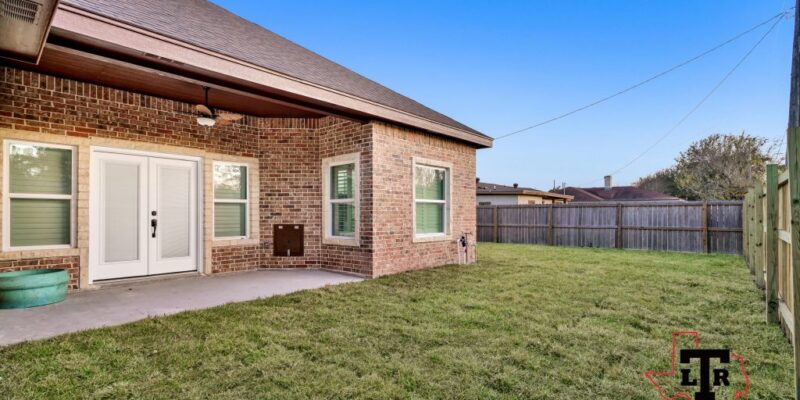Introduction
Residential construction stands as the backbone of urban development, transforming architectural visions into tangible dwellings. Over the years, this dynamic industry has undergone a significant evolution, adapting to changing technologies, environmental concerns, and the ever-shifting needs of homeowners. From modest cottages to towering skyscrapers, residential construction has played a pivotal role in shaping the way we live. This article delves into the multifaceted realm of residential construction, exploring its history, current trends, and the future landscape.
Unveiling the Foundations
Residential construction traces its roots back to ancient civilizations, where communities erected simple shelters using locally available materials. The fundamental essence of creating spaces for living, however, has remained a constant throughout history. In the early days, construction was a labor-intensive process, relying on primitive tools and craftsmanship. As societies evolved, so did construction techniques, giving rise to more sophisticated architectural styles and structures.
Fast forward to the present day, and residential construction has become a highly intricate and technologically advanced industry. Modern builders leverage state-of-the-art machinery, sustainable materials, and innovative design principles to craft homes that blend functionality with aesthetic appeal. The foundations may have started with mud and thatch, but today, we see concrete, steel, and eco-friendly materials shaping the buildings that define our skylines.
The Contemporary Landscape
In the 21st century, residential construction faces a unique set of challenges and opportunities. Sustainability has emerged as a focal point, with builders increasingly incorporating green technologies and eco-friendly materials into their projects. Energy-efficient designs, solar panels, and smart home systems are becoming commonplace, reflecting a growing awareness of environmental impact.
Additionally, the concept of smart homes has revolutionized residential construction. Homeowners now can control various aspects of their living spaces remotely, from adjusting the thermostat to monitoring security cameras. This integration of technology not only enhances convenience but also contributes to the overall efficiency of residential structures.
Navigating Trends and Innovations
The trends in residential construction are diverse and ever-changing. Modular construction, for instance, has gained popularity due to its cost-effectiveness and quick turnaround times. Prefabricated components allow for faster assembly on-site, reducing construction timelines and minimizing disruption to surrounding communities. Sustainability extends beyond materials to the entire life cycle of a building, with a focus on energy efficiency, waste reduction, and long-term durability.
As cities grow and populations surge, the demand for affordable housing has become a pressing concern. Residential construction is adapting to this challenge by exploring alternative building methods, such as 3D printing, which has the potential to revolutionize the industry by providing cost-effective solutions for mass housing projects.
Conclusion
Residential construction stands at the intersection of tradition and innovation, shaping the places we call home. From ancient shelters to futuristic smart homes, the evolution of construction techniques mirrors the progress of societies. As we move forward, the industry will continue to embrace sustainability, technology, and novel approaches to address the evolving needs of homeowners. Residential construction is not merely about erecting structures; it is about building dreams into reality, creating spaces where memories are made and lives unfold. The future of residential construction holds the promise of even more exciting transformations, as it remains an integral part of our journey toward a better, more connected world.























Comments